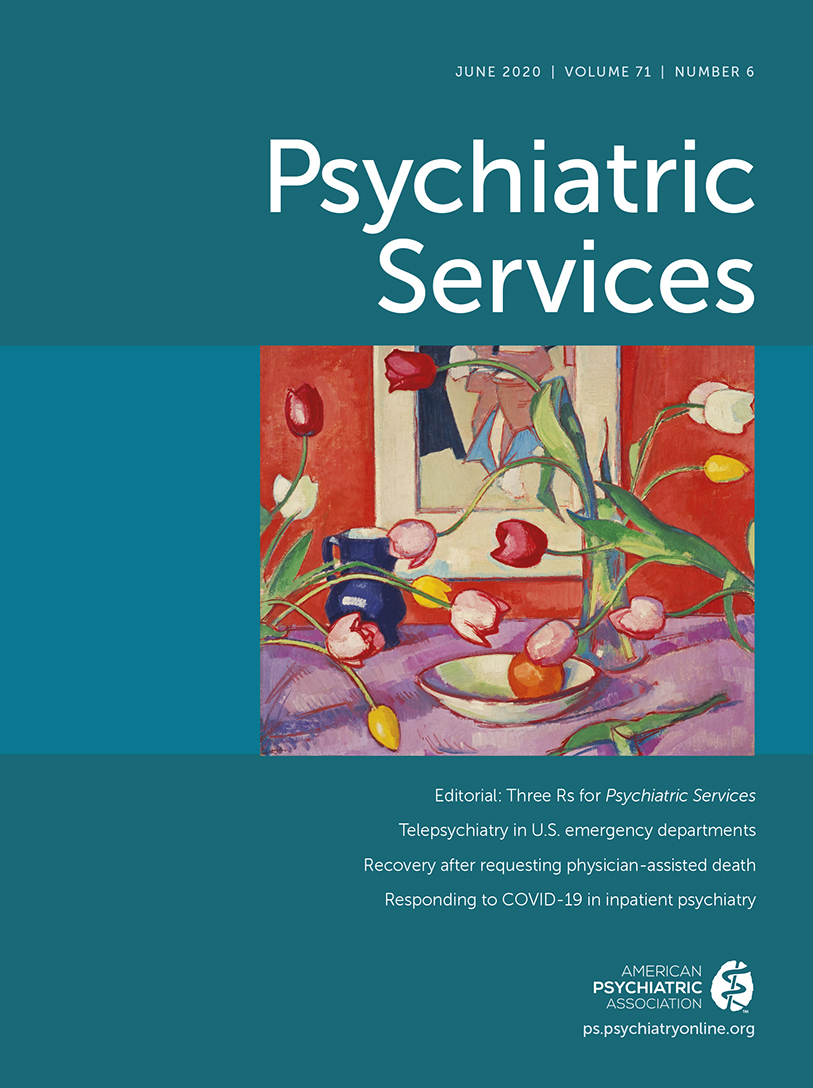Mental Health Services and Personal Recovery in California: A Population-Based Analysis
Abstract
Objective:
Personal recovery measures have been examined among treatment-seeking individuals enrolled in high-quality care. The authors examined whether utilization of mental health services as typically delivered is associated with personal recovery among adults with clinically significant psychological distress.
Methods:
The Kessler Psychological Distress Scale (K-6) measured respondents’ (N=1,954) psychological distress level. The authors also assessed five dimensions of personal recovery—hope, life satisfaction, empowerment, connectedness, and internalized stigma. Multivariable linear regression analyses were used to examine relationships between personal recovery and treatment, self-reported treatment completion, provider type, and adequacy of care, adjusting for covariates including K-6 score.
Results:
Participants who received care >12 months prior to the survey reported lower levels of hope (95% confidence interval [CI]=–0.36, –0.06, p<0.01), empowerment (95% CI=–0.26, –0.02, p<0.05), and connectedness (95% CI=–0.37, –0.06, p<0.01) than those who had not received treatment. Those who received care in the past 12 months reported lower levels of hope (95% CI=–0.47, –0.14, p<0.001) and life satisfaction (95% CI=−0.42, –0.05, p<0.01). However, treatment completion was associated with higher levels of empowerment (95% CI=0.02, 0.56, p<0.05) and hope (95% CI=0.04, 0.62, p<0.05) and lower levels of stigma (95% CI=−1.21, –0.21, p<0.01) compared with noncompletion. Differences according to provider type and adequacy of care were nonsignificant.
Conclusions:
Utilization of mental health services was associated with lower levels of personal recovery, which may indicate that care—as typically utilized and received—does not promote personal recovery. Longitudinal research is needed to determine causal relationships underlying these associations.



